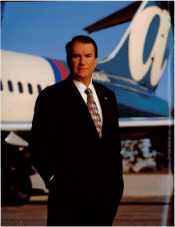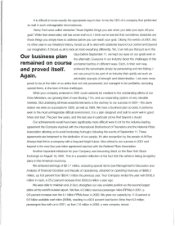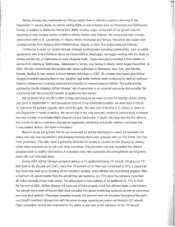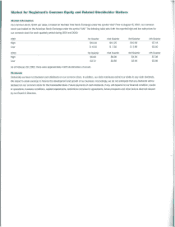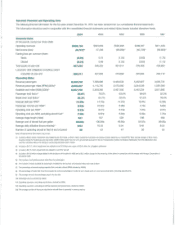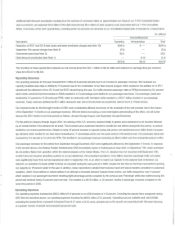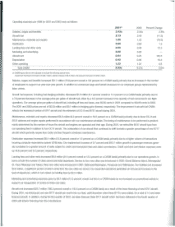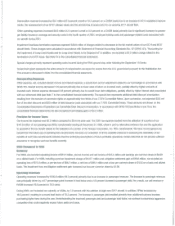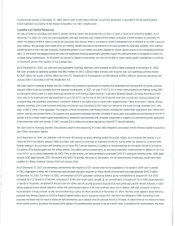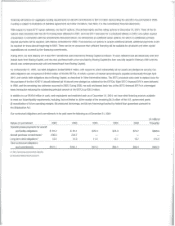Airtran 2001 Annual Report Download - page 6
Download and view the complete annual report
Please find page 6 of the 2001 Airtran annual report below. You can navigate through the pages in the report by either clicking on the pages listed below, or by using the keyword search tool below to find specific information within the annual report.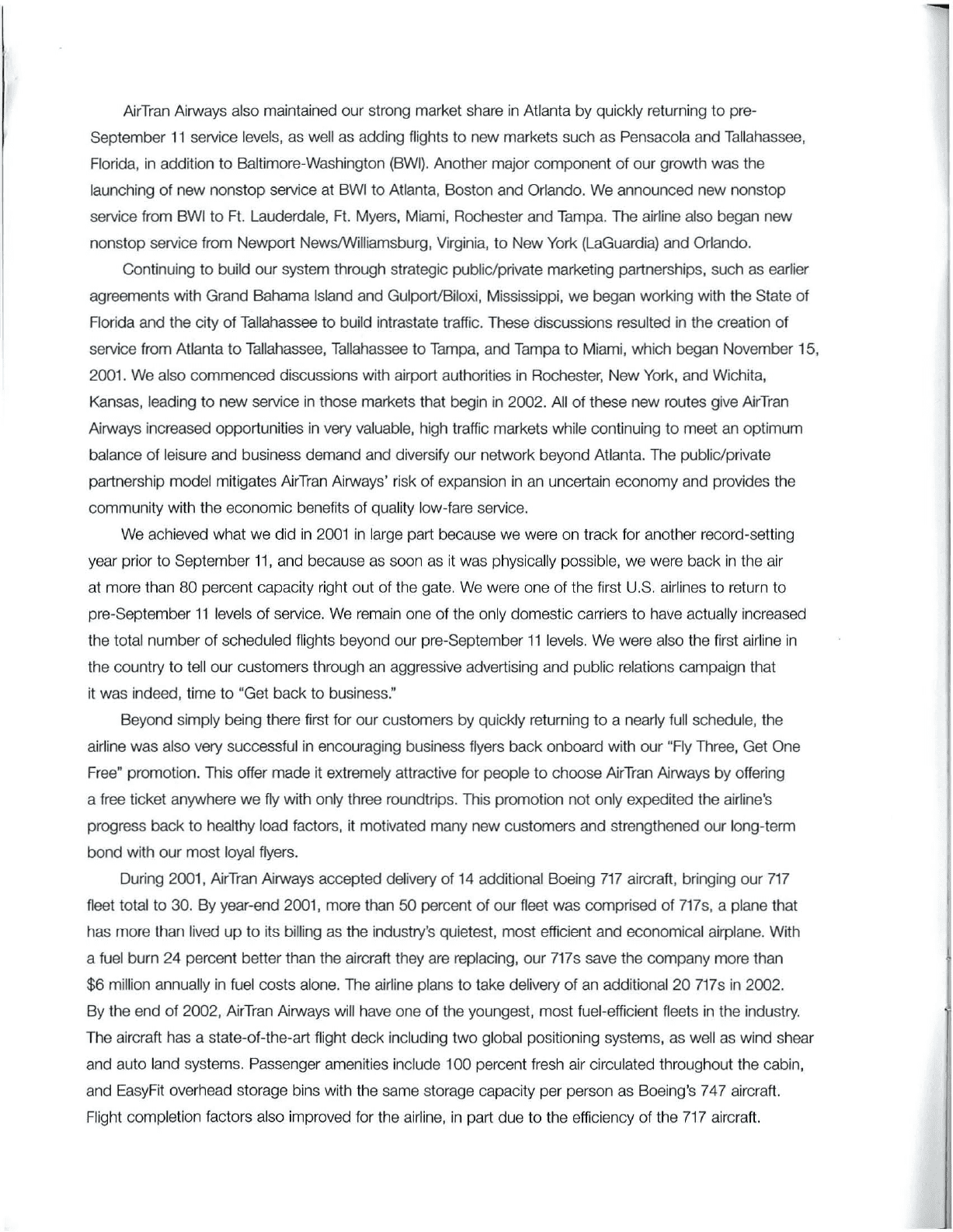
AirTran Airways also maintained our strong market share
in
Atlanta by quickly returning to pre-
September
11
service levels, as well as adding flights to new markets such as Pensacola and Tallahassee,
Florida,
in
addition to Baltimore-Washington
(BWI).
Another major component
of
our growth was the
launching
of
new nonstop service at BWI to Atlanta, Boston and Orlando. We announced new nonstop
service from BWI to
Ft.
Lauderdale,
Ft.
Myers, Miami, Rochester and Tampa. The airtine also began new
nonstop service from Newport NewsIWiliiamsburg, Virginia, to New York (LaGuardia) and Orlando.
Continuing to build our system through strategic public/private marketing partnerships, such as earlier
agreements with Grand Bahama Island and Gulport/Biloxi, Mississippi,
we
began working with the State
of
Florida and the city
of
Tallahassee to build intrastate traffic. These discussions resulted
in
the creation of
service from Atlanta to Tallahassee, Tallahassee to Tampa, and Tampa to Miami, which began November 15,
2001. We also commenced discussions with airport authorities
in
Rochester, New York, and Wichita,
Kansas, leading to new service
in
those markets that begin
in
2002.
All
of
these new routes give AirTran
Airways increased opportunities
in
very valuable, high traffic markets while continuing to meet an optimum
balance
of
leisure and business demand and diversify our network beyond Atlanta. The public/private
partnership model mitigates AirTran Airways' risk
of
expansion
in
an uncertain economy and provides the
community with the economic benefits
of
quality low-fare service.
We achieved what
we
did
in
2001
in
large part because we were on track for another record-setting
year prior to September
11,
and because
as
soon
as
it
was physically possible, we were back
in
the air
at more than 80 percent capacity right out
of
the gate.
We
were one of the first U.S. airlines to return to
pre-September
11
levels of service. We remain one
of
the only domestic carriers to have actually increased
the total number of scheduled flights beyond our pre-September
11
levels. We were also the first airline
in
the country to tell our customers through an aggressive advertising and public relations campaign that
it
was indeed, time to "Get back to business."
Beyond simply being there first for our customers by quickly returning to anearly
full
schedule, the
airline was also very successful
in
encouraging business flyers back onboard with our "Fly Three, Get One
Free" promotion. This offer made it extremely attractive for people to choose AirTran Airways by offering
afree ticket anywhere
we
fly with only three roundtrips. This promotion not only expedited the airtine's
progress back to healthy load factors, it motivated many new customers and strengthened our long-term
bond with our most loyal flyers.
During 2001, AirTran Airways accepted delivery of
14
additional Boeing
717
aircraft, bringing our
717
fleet total to 30. By year-end 2001, more than 50 percent
of
our fleet was comprised of
717s,
aplane that
has more than lived up to its billing as the industry's quietest, most efficient and economical airplane. With
afuel burn 24 percent better than the aircraft they are replacing, our
717s
save the company more than
$6 million annually
in
fuel costs alone. The airtine plans to take delivery
of
an additional 20
717s
in
2002.
By the end
of
2002, AirTran Airways will have one
of
the youngest, most fuel-efficient fleets
in
the industry.
The aircraft has astate-of-the-art flight deck including two global positioning systems, as well as wind shear
and auto land systems. Passenger amenities include 100 percent fresh air circulated throughout the cabin,
and EasyFit overhead storage bins with the same storage capacity per person as Boeing's 747 aircraft.
Flight completion factors also improved for the airline,
in
part due to the efficiency of the
717
aircraft.




